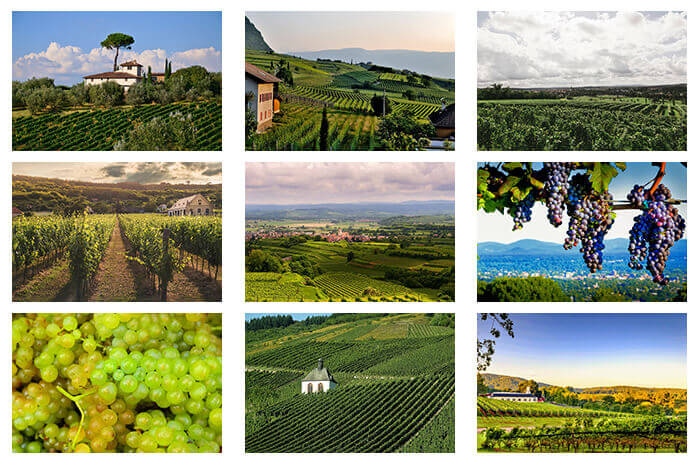Vineyards for Sale in Germany
Click here to Learn about Private / Discreet Winery Listings
For Immediate Service
Call Daniel Langberg
+1 (866) 794-6379
-

Display Your Property Here!
Greetings Germany, we are currently expanding our reach to worldwide sales. We are offering to post ads for your winery or vineyard with no upfront cost. Just submit high-resolution photos & descriptive content.
Learn More
Vineyards in Germany
Most German wine is produced from grapes grown along the river Rhine in the western part of the country. German wine-making dates back to the Roman era, and today, Germany is 8th in wine production globally. Germany is noted for its white wine which is produced at a variety of price points from the semi-sweet, mass-consumed to elegant, award-winning bottles.
German White Wine Grape Varieties
Germany boasts many distinctive and refreshing white wines, which grow well in the western region due to the climate. Two-thirds of all wine produced in the country is white wine, which also comprises the vast majority of all German wine exports.
- Riesling is by far the most popular German-grown wine grape. While many Rieslings are sweet, Germany has recently increased its production of dry Rieslings. The sweetness of Riesling wines is generally well-balanced by the high acidity of the grapes. Riesling grapes are grown in all German wine regions, and the region the grapes were grown in defines the sweetness.
- Muller-Thurgau grapes are a cross between Riesling grapes and a table grape called Madeleine Royale. Muller-Thurgau wines taste similar to Riesling wines, but the grapes are easier to grow in colder, more mountainous regions. Muller-Thurgau wines also tend to be more full-bodied and sweeter than Rieslings.
- Grauburguner (also known as Pinot Gris) grapes are grown across Europe, but German Grauburguner wines tend to be more floral and with stronger notes of stone-fruit than those produced elsewhere.
- Silvaner grapes are difficult to grow but still account for a significant acreage on German vineyards. Silvaner wines are fruity and herbaceous with a high acidity.
German Red Wine Grape Varieties
While the German wine scene is dominated by white wines, more complex red wines including Pinot Noir (called Spatburgunder in Germany) have gained popularity in the last few decades. However, this surge was largely due to domestic demand, and it can be difficult to find some of Germany’s more unique red wines internationally.
- Spatburgunder (also known as Pinot Noir) is Germany’s most famous and popular red wine grape. Germany is the third-largest producer of Pinot Noir in the world. The grapes are grown primarily in the warm, southern Baden region near France. German Spatburgunder wines tend to be full-bodied but range in flavor depending on where they were grown.
- Dornfelder grapes are Germany’s second most popular variety for red wines. Dornfelder grapes were bred in Germany in the 20th century as a blending grape that would flourish in Germany’s climate. Dornfelder grapes tend to add a fruity, floral quality to wines.
- Portugieser grapes are native to Austria but thrive in German soil. Portugieser wines are medium-bodied with a slight acidity, and they do not age well. Portugieser grapes are also used in German rosé.
German Wine Regions
Germany has 13 different wine regions, each of which give their wines particular notes based on their climate and soil.
- Mosel is famous for its Riesling, though Riesling grows in all of the other wine regions as well. Mosel’s Rieslings tend to be off-dry and fruity with a high acidity. The region is located near France and Luxembourg, and has a relatively cool climate. Mosel is known for the steep slopes that the vines are grown on which makes it necessary to harvest the grapes by hand.
- The Rheingau region is also known for its Riesling wines, which tend to have a spicier and less acidic flavor than those produced in Mosel. The region is to the north of Germany and is very cold, which is why the majority of vineyards focus on Riesling grapes that thrive in that climate.
- Mittelrhein, or the Middle Rhine region, produces some of the most powerful white wines in the county in terms of flavor and alcohol content. The region stretches about 100 kilometers along the bank of the Rhine River. The soil in the region produces wines with high acidity.
- Baden is Germany’s most significant red-wine producing region. The region is split evenly between red and white wine grapes, but is known for its Spatburgunder grapes. Baden is the southernmost German wine region, and its climate is warmer and drier than most other regions.